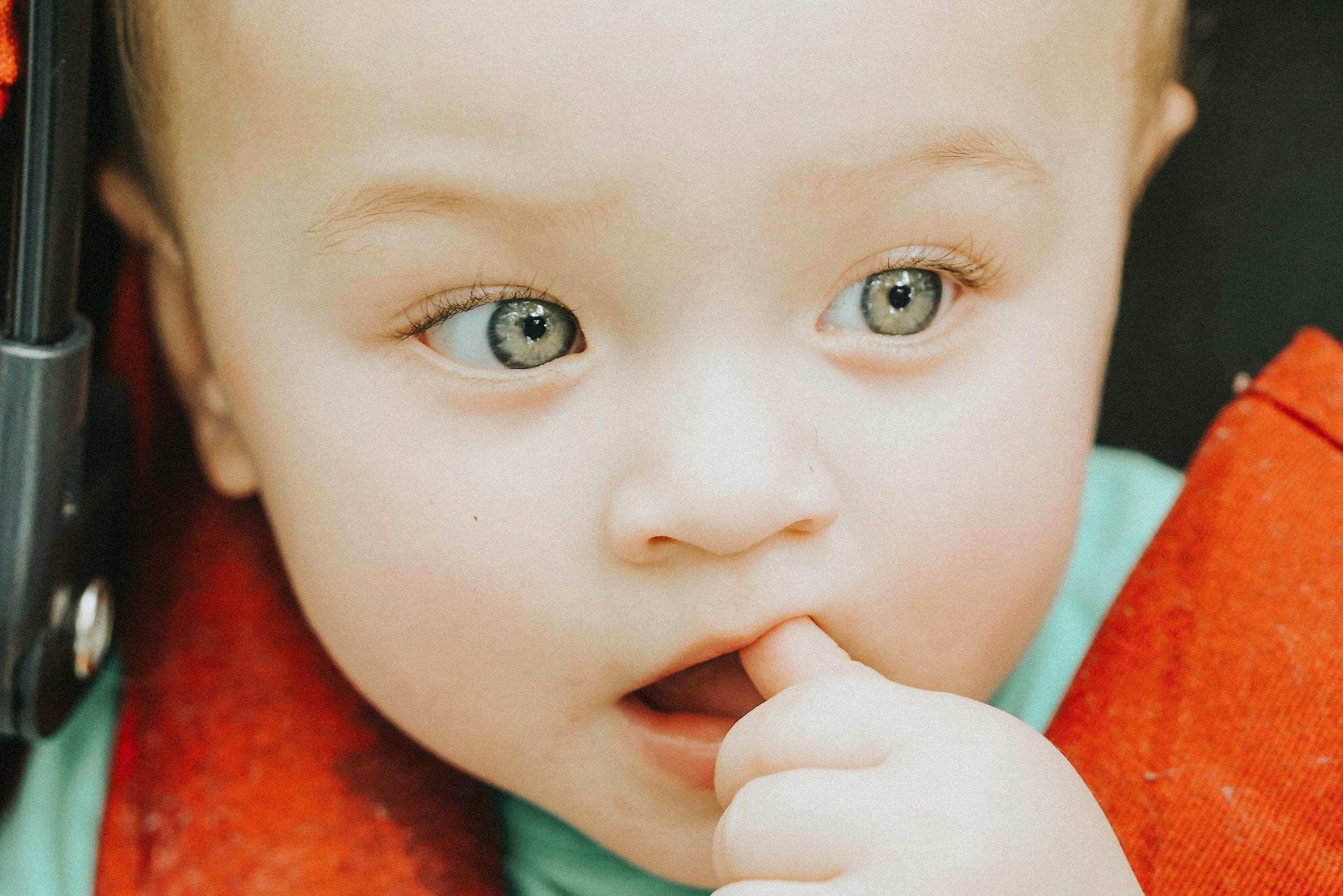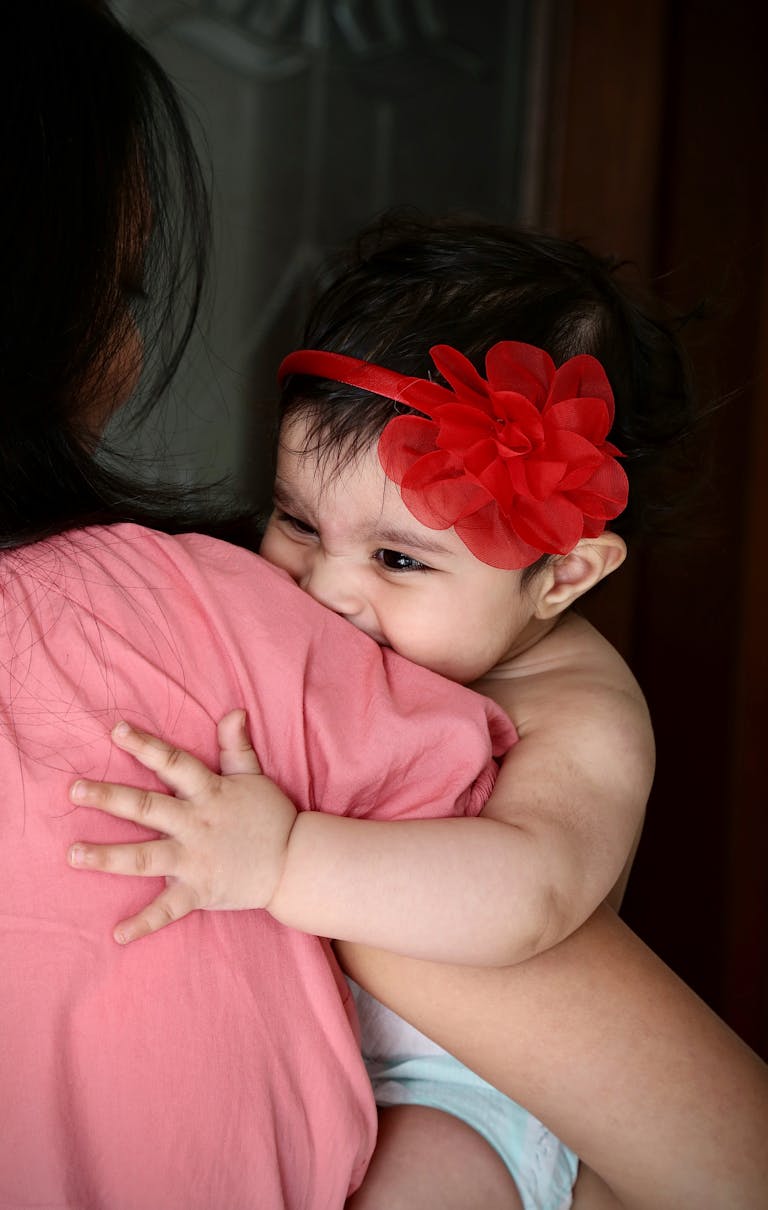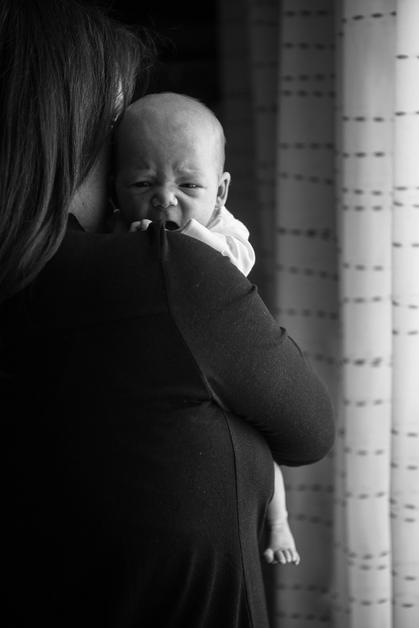Curiosity often surrounds the topic of baby eye color—that remarkable feature which can shift and surprise within the first few years of life. Many parents find themselves contemplating: Will my child keep those bright blue eyes, or will they turn hazel, emerald, or a deep brown? This question—simultaneously captivating and, for some, a source of low-grade anxiety—reflects broader wonderings about heredity, ancestry, and health. If you’re gazing into your baby’s eyes and wondering what the future holds, you’re not alone. Parental concerns range from possible genetic factors to the timing of changes, and from the health implications of unusual hues to the influence of sunlight or ancestry. By understanding the science and physiology behind baby eye color, parents can better anticipate changes, appreciate genetic quirks, and recognize when to reach out for support.
Understanding the Real Origins of Baby Eye Color
When staring at your little one’s captivating eyes, you might ask—what determines this ever-evolving color? Baby eye color is not set in stone at birth. Instead, it’s shaped by the amount and type of pigment—specifically, melanin—deposited in the iris, that delicate colored ring around the pupil. At birth, melanin levels are generally low, particularly for lighter-skinned infants, causing most newborns to sport striking blue or gray eyes. Why blue or gray? It’s all about physics: low melanin lets light scatter, giving a bluish hue (a phenomenon known as Rayleigh scattering). However, as melanocytes—those specialized pigment-producing cells—wake up in response to light exposure, they start producing more melanin, progressively shading the iris from blue or gray toward brown, green, or hazel.
Genetics, too, wields an intricate brush. While the inheritance of eye color used to be described simplistically as “brown dominates blue,” modern understanding shows that several genes (including OCA2 and HERC2) orchestrate the final shade, and even recessive traits can reappear unexpectedly. Have you ever met siblings with completely different eye colors? That’s genetic diversity and polygenic inheritance at play.
Not All Babies Have Blue Eyes: The Diversity at Birth
A widespread assumption persists: all babies start with blue eyes. Yet, reality is more nuanced and rich in variation. Babies with darker skin tones—Black, Hispanic, Asian, and others—are often born with gray or brown eyes, reflecting a higher baseline of melanin. Melanin functions not only as a pigment but as a natural sun shield, meaning populations historically exposed to intense sunlight tend to have darker eyes. The prevalence of blue eyes is highest among babies of Northern European descent but is not guaranteed even within those families due to the complex genetic interplay.
The Genetics of Baby Eye Color: A Closer Look
Eye color inheritance is a fascinating example of what geneticists call polygenic inheritance. Several genes, each with variants passed down from both parents (and grandparents), contribute to the final outcome. The two main players, OCA2 and HERC2, control the quantity and distribution of melanin in the iris. Combinations of dominant and recessive alleles (the alternative forms of a gene) can yield unexpected results: two blue-eyed parents may have a brown-eyed child if a hidden brown allele is present. Genetic prediction charts, while entertaining, lack the precision to promise a specific baby eye color—there will always be room for surprise.
Environmental influences, although secondary to genetics, do carry subtle weight. Light stimulates melanin production; thus, infants exposed to more direct sunlight may see their eye pigment deepen over time. That said, this process is gentle and typically only shifts the shade a little rather than transforming a color entirely.
When and How Does Baby Eye Color Change?
Wondering when those sapphire-blue eyes might shift—and what to expect next? The development of baby eye color is dynamic. In many cases, the most notable changes occur between birth and six months of age. For most infants, by their first birthday, the majority of pigmentation transitions have played out, but, especially in children with initially light eyes, subtle adjustments can still unfold until about age three. During these captivating months, a baby’s eyes may move from clear blue to steely gray, morph into green, or settle into the warm brown so prevalent worldwide.
For some, this transformation is dramatic and visible; for others, it’s a barely perceptible transition. Persistence of blue or gray eyes at nine months isn’t definitive—shifts remain possible as melanin continues to accumulate in the iris. And in rare stories (perhaps you’ve heard them whispered by relatives), gentle changes may extend well into preschool years.
Uncommon Variations: Heterochromia and Rare Eye Colors
While most eye color changes follow a predictable spectrum, some babies are born with heterochromia—where each eye is a different color (complete heterochromia) or a single iris contains two distinct shades (sectoral heterochromia). This trait is uncommon yet typically harmless and confers a striking, unique appearance. Occasionally, heterochromia may arise from a genetic syndrome or occur after injury or medical intervention, but the vast majority of cases have no impact on vision or health.
Rare eye colors such as amber, hazel, or even violet may appear, influenced by a cocktail of melanin, lipochrome pigment, and unique patterns of light scattering within the iris. Notably, brown eyes remain the most prevalent globally, followed by blue, with green being the rarest of the major hues. Each color, no matter how common or rare, tells a genetic tale stretching back generations.
Medical Insights: When Eye Color Signals a Health Issue
Most parents cherish the evolution of baby eye color as simply another milestone—one to photograph, debate, and, perhaps, marvel over. Yet, parents should watch for certain signs. A sudden change in eye color (for instance, only one eye turning dramatically lighter or darker), a white or pinkish appearance of the pupil, or accompanying symptoms such as persistent redness, discharge, or cloudiness warrant prompt medical evaluation. These signs could be related to ocular conditions, pigment disorders (such as albinism), or syndromic associations (Waardenburg syndrome, for example), and deserve professional expertise.
Supporting Healthy Eye Development
Protecting your child’s eyes, especially during those formative first months when melanin levels may be lower, is a simple yet often-overlooked preventive step. Shielding their sensitive eyes from direct sunlight using hats, stroller shades, or ambient indoor light can make a difference. Daily hygiene should involve only a soft, damp cloth around the eyes—never adult eye products or solutions without explicit medical guidance. Routine pediatric appointments offer a valuable opportunity for eye health checks, ensuring that developmental changes are progressing as expected.
Debunking Myths and Embracing Diversity
A persistent urban legend claims that all babies are born with blue eyes, reinforced by family anecdotes and cultural lore. The real story is much richer—initial eye color reflects melanin levels, genetics, and ancestry in a complex interplay. Another misconception: eye color is fixed at birth. The first year is a whirlwind of change, with the curtain not fully falling until toddlerhood for some.
The iris is as unique as a fingerprint. Scientific curiosity aside, human fascination with rare or striking shades—be it vivid green, intense amber, or the celebrated violet of legendary figures—endures in pop culture and family histories alike. Every child’s baby eye color charts its own path within this dynamic palette.
Key Takeaways
- Baby eye color is not fixed at birth—it transforms through an intricate blend of genetics, light exposure, and melanin dynamics.
- Most infants demonstrate their final eye color by the end of year one, but lighter eyes may continue subtle transitions up to age three.
- Not every newborn has blue eyes; true diversity arises from varied melanin levels and ancestral patterns.
- Uncommon patterns like heterochromia or abrupt color changes generally pose no threat, but persistent or sudden changes should prompt a consultation with an eye health professional.
- Simple preventive strategies—like sun shading and gentle hygiene—support healthy visual development.
- The evolution of your child’s baby eye color stands as a testimony to their individuality and genetics.
- If questions or uncertainties linger, trusted professionals stand ready to help. For free pediatric health questionnaires and tailored advice, you can download the Heloa app, designed to support you on every step of your parenting journey.
Questions Parents Ask
Is there a way to predict my baby’s final eye color?
Many parents enjoy trying to guess their child’s future eye color based on family traits. While prediction tools and comparison charts can provide some guidance, the reality is a bit more complex. Eye color depends on several genes from both parents and even grandparents, which means outcomes can occasionally surprise. These tools may be fun to explore, but remember: your baby’s final eye color is a beautiful expression of their unique heritage.
What does a baby eye color calculator or chart really tell me?
Eye color calculators and charts use information about your and your partner’s eye colors to estimate probability for your baby’s future hue. Although these resources are based on genetics, they offer only a rough estimation—not a promise. Genetics is influenced by many factors, making each child’s result just a little bit different. If you enjoy these tools, use them as a lighthearted guide, while keeping in mind that the natural process will unfold in its own time.
Can I track the evolution of my baby’s eye color?
Absolutely—many families mark this charming change by taking regular photos as their baby grows. Noticing subtle shifts month by month can be a joyful part of your child’s development. Some parents find reassurance or celebration in these progress pictures, as it helps affirm that what they’re seeing is a normal experience. If you ever notice a sudden or unexpected change, especially in just one eye, it is always wise to seek the advice of a professional—but for most children, gentle day-to-day changes are all part of their unique journey.
Further reading:









